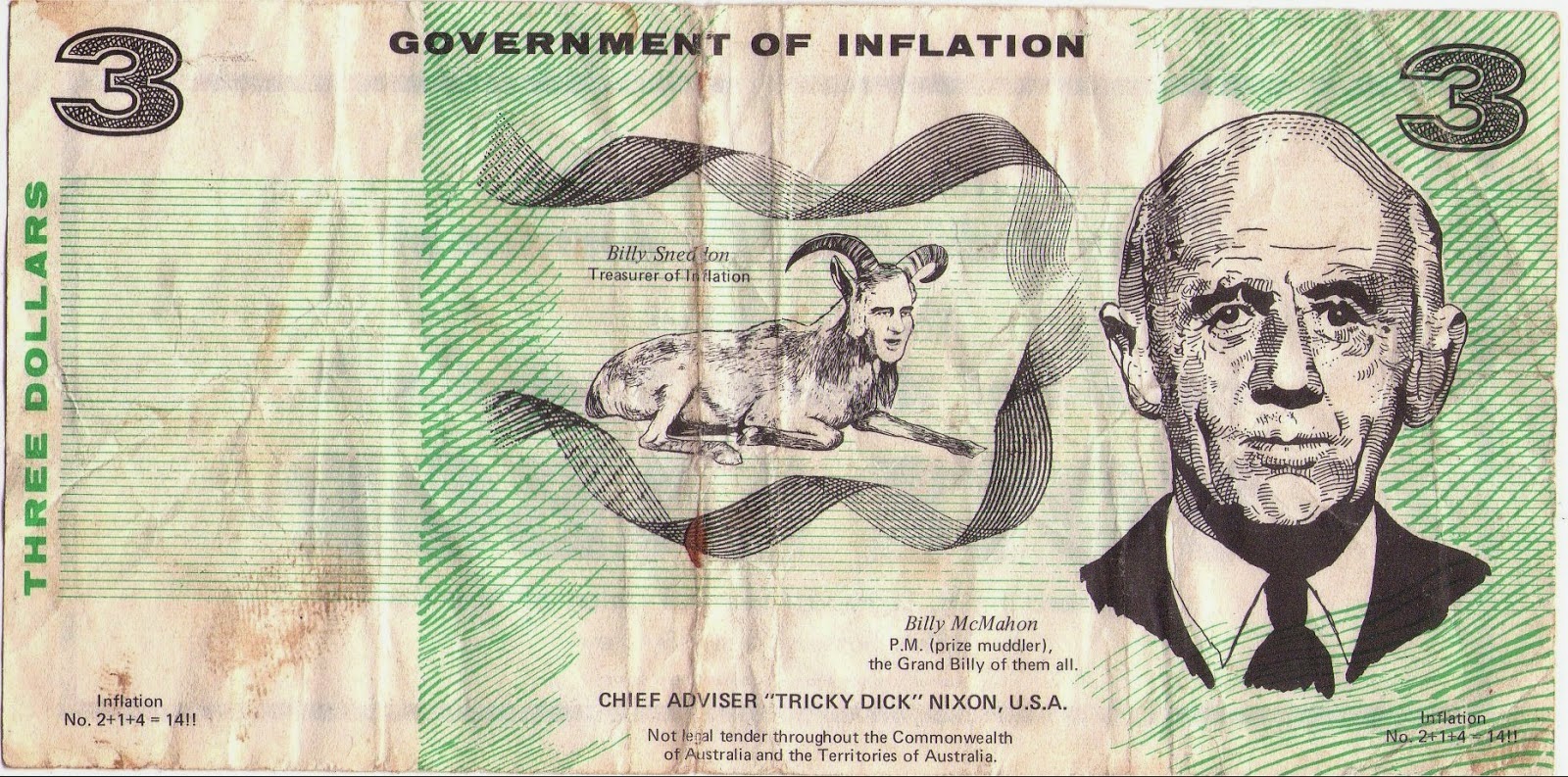Furious Miranda Devine at the Telegraph castigated them as 'hereditary housos' (no link – we don't link to the Terror). And lots of other talkback callers and newspaper commenters have gotten indignant at the thought that multiple generations of a family should live in public housing.
As we say, the impression is incorrect.
There's a variety of people living in social housing at Millers Point and The Rocks. Most got their tenancies according to the usual rules for social housing: they applied to Housing NSW (or before it, the NSW Housing Commission); were eligible for a tenancy in inner city; and, when a vacancy came up in Millers Point or The Rocks, they accepted it.
Some others became tenants in another way – but this is also quite within the usual rules for social housing. They first lived in their homes as non-tenant members of their households (typically, as the tenant' spouse or adult child) and when the tenant died or moved away permanently (typically, to a nursing home), they applied for 'succession' of the tenancy. (At least until recently, it was not considered reasonable or humane to insist that a person eligible for social housing and living in social housing should have to move out of social housing because the household member on the tenancy agreement had died or moved away.)
A small but significant number of tenants at Millers Point came to live there in different circumstances. They've lived there since before the Housing Commission took over the properties in the 1980s. Originally, their landlord was the Maritime Services Board, which let dwellings in Millers Point to people who worked in harbourside industries. Many of them worked on the wharves or the ships in dock, some of them operated boarding houses for workers and retirees from those industries (like our correspondent's mother, who was originally a nurse).
And some of these people are from families that have lived and worked in Millers Point for generations. (The MSB itself took over from the Sydney Harbour Trust, which had let dwellings to workers since the turn of the century, when it resumed the area following the 1900 bubonic plague.) Many of these people are not working now, on account of their advancing age, but they did work, as did the generations before them.
The social impact assessment (SIA) reports on the lengths of tenancies at Millers Point :
- 157 (45 percent) have been in their current tenancy for 10 years or less;
- 91 (26 per cent) have been there for 10-20 years;
- 66 (19 per cent) have been there more than 20-30 years;
- two have been there more than 30 years.
The SIA also reports that there are 12 households (containing 15 persons) whose families have lived in Millers Point for 'generations.'











